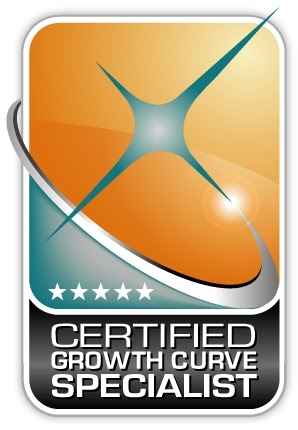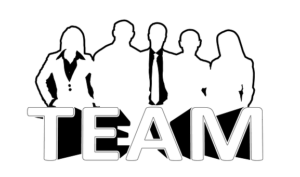So far this year, 1,246 paperback books have been published with the word ‘leadership’ in the title. Amazon offers 57,136 books with the word ‘leadership’ in the title.
Is leadership important? Of course. But what isn’t obvious is that there are different types of leadership styles that are critical to help a CEO navigate the challenges in managing a growing organization.
The following six leadership styles are from Daniel Goleman’s book Emotional Intelligence.
Visionary Leadership provides a vision for the company and drives the emotional climate of the organization. This leader provides direction, but allows people the freedom to decide how to get there.
Coaching Leadership communicates a belief in people’s potential and an expectation that they will do their best. This leader is good at delegating and giving employees goals that stretch them rather than just tasks to be carried out.
Affiliative Leadership builds loyalty and recognizes employees as people with less stress on accomplishing tasks and goals. This leader promotes collaboration and harmony with a focus on the emotional needs of employees.
Democratic Leadership builds team work, listens, manages conflict and builds trust. This leader is about obtaining team work rather than top down management.
Pacesetting Leadership drives excellence and sets high standards for performance. This leader is about pushing staff, so it needs to be used sparingly and can lead to staff feeling that they are not trusted.
Commanding Leadership exerts forceful direction to get better results. This leader would be most successful in a crisis situation.
So when does a CEO use what style of leadership? Based on interviews and working with 650 CEO’s in 35 different industries, James Fischer was able to identify 7 Stages of Growth. The findings apply to firms from start-up with 1 employee to those with 500 employees.
Stage 1 Start-up (1-10 employees)
The leadership style should be visionary and coaching. Visionary leadership is critical. It’s all about the leader being able to engage a small group of people in understanding the vision for this newly formed company. It’s that leader’s passion, vision and energy that drives people to want to be a part of this growing company. The focus is on survival and growth.
Stage 2 Ramp-up (11-19 employees)
The leadership style should be coaching and pacesetting. The leader needs to coach in order to begin the process of helping people see how they fit into the broader scheme of the growing enterprise. The focus is on identifying key people to step into new roles and responsibilities as the company grows in preparation for Stage 3.
Stage 3 Delegation (20-34 employees)
The leadership style should be coaching and democratic. The CEO moves into a manager position. The company moves from CEO-centric (about the owner) to Enterprise-centric (about the company). The requirement to be a good coach increases as the company can no longer rely on just the CEO’s vision and energy. The Coaching leadership style is the most effective but least used of the six leadership styles. The ability of the leader to fully engage in the goals and aspirations of their employees reaches a new level. The focus is on the CEO to ‘let go to let the company grow.’
Stage 4 Professional (35-57 employees)
The leadership style should be coaching and affiliate. With more employees and managers between them, the CEO is more removed from the rest of the company. It’s easy to lose touch with decision networks, to misinterpret culture currents, and make assumptions that aren’t based on facts. The leader needs to help the young managers grow and develop their skills in managing others. The focus is on managing the managers.
Stage 5 Integration (58-95 employees)
The leadership style should be democratic and visionary. The issue is team work and getting the departments to work together. The managers need to understand how their department fits into the entire organization and its effect on it. The focus now is on fostering team alignment and a culture of collaboration.
Stage 6 Strategic (96-160 employees)
The leadership style should be affiliative and pacesetting. The focus is on the people and building loyalty. It’s about harmony and communications. It is also about recognizing the impact of the leader’s emotional state on the organization. The focus is on the CEO valuing their people and setting goals that provide a clear direction for the organization.
Stage 7 Visionary (161-500 employees)
The leadership style should be affiliative and coaching. The issue is encouraging new ideas and watching for complacency. The role of the CEO is now predominately visionary. Leadership needs to be inspirational. It needs to be a catalyst for change. The focus is on igniting fires of inspiration to avoid complacency.
As you can see, it is not just about leadership. Is about the right leadership style at the right time based upon the stage of growth a company is in. Starting at Stage 3 it starts to become about the Management Team and helping the managers with the appropriate leadership style for their department.
If you would like to learn more about the 7 Stages of Growth and how it can help you apply the right leadership style at the right time, contact me today. Call 763-691-8585 or email me at Tom@trwconsulting16.com




